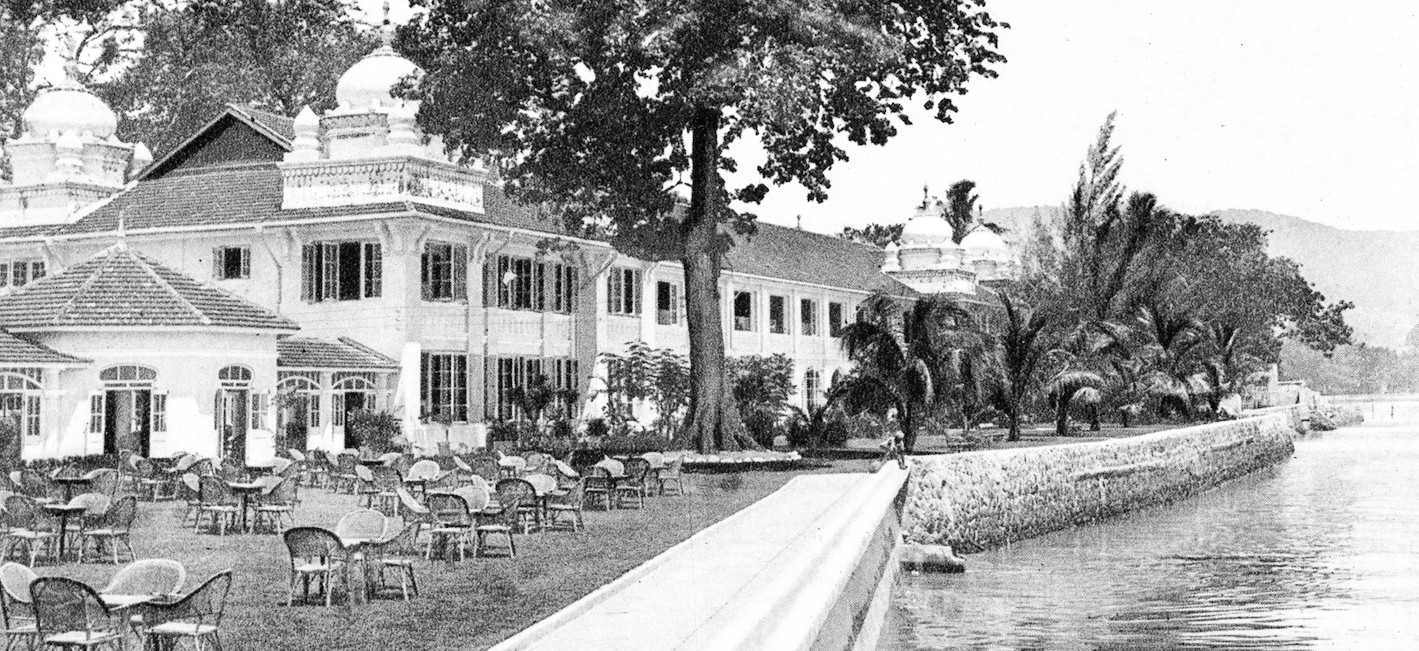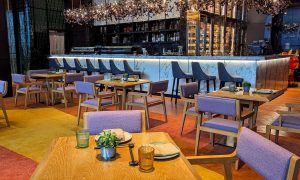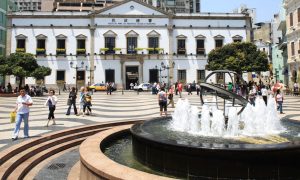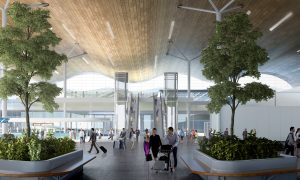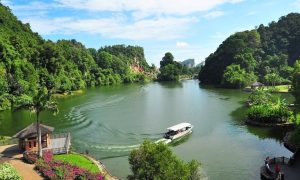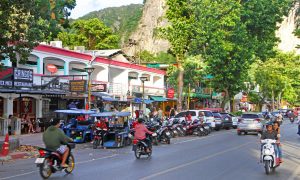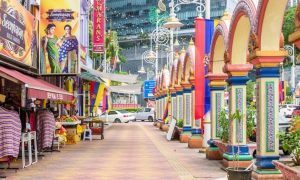For nearly 140 years, one Penang landmark of colonial-era grandeur has served as a testament to the ambition and vision of its founders, the Sarkies Brothers. This is their story.
You may not think of Armenia when you travel around Malaysia and other countries in Southeast Asia, but the fact is, there is a connection, and the Armenian legacy left behind in several popular tourist destinations endures even today.
Possibly the most well-known Armenian story is that of four brothers who first came to the region nearly a century and a half ago.

The Sarkies Brothers – Martin, Tigran, Aviet, and Arshak – were Armenian entrepreneurs with an eye for opportunity and a flair for luxury. They were all born in the Armenian quarter of Isfahan, Persia (modern-day Iran), and later migrated to Southeast Asia in the late 19th century, a time when British colonial expansion was reshaping the region.
Here in Malaysia, they spent some time in one of the most important outposts of the British Empire – Penang. Indeed, three of those brothers, starting in the 1880s and carrying on for about a quarter of a century, parlayed their entrepreneurship and interest in hospitality into making a profound mark on the island of Penang that still shapes the experience of travellers today.
While all four brothers contributed to their illustrious hospitality empire, Tigran and Martin were the first to settle in Penang, laying the foundation for their family’s legendary status in the region. Tigran Sarkies, widely credited as the visionary behind their initial ventures, arrived in George Town in the early 1880s and quickly saw the island’s potential as a burgeoning trade and cultural hub. Recognizing this, the brothers set out to create a hotel that could cater to the already-growing numbers of wealthy merchants, colonial officials, and travellers. They may have initially sought to open one hotel in Penang, but in actual fact, they ultimately opened three.
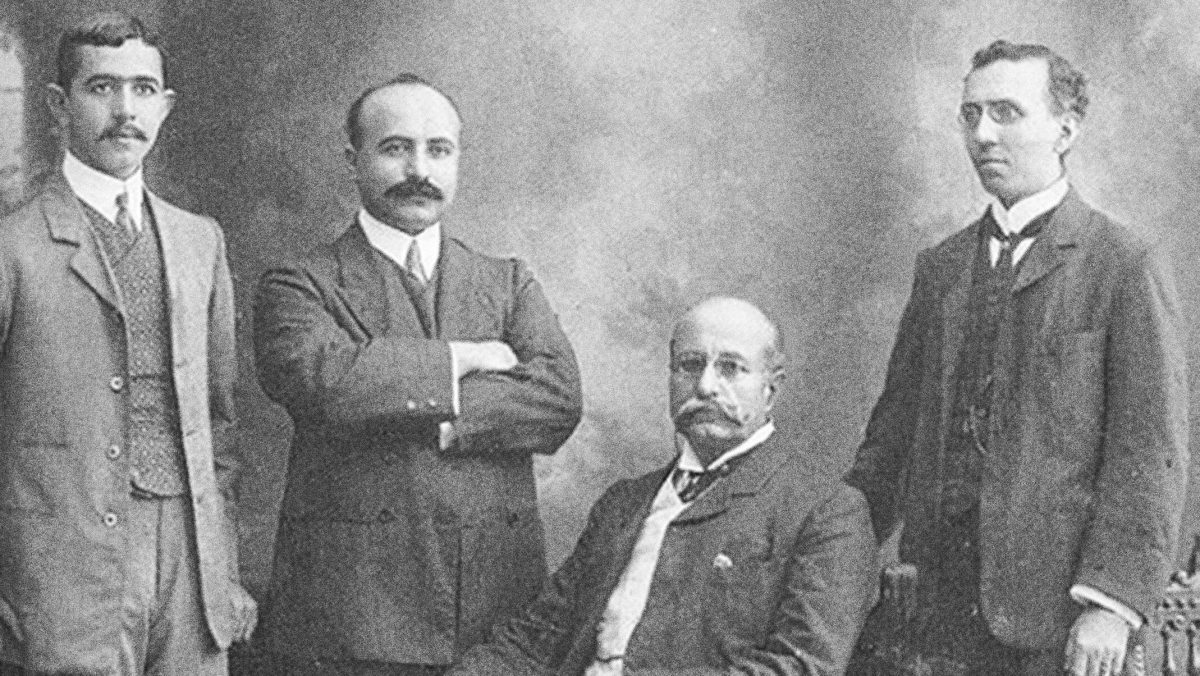
A HOTEL EMPIRE TAKES SHAPE
Partnering with Martin, Tigran established the Eastern Hotel in 1884, which was soon followed by the opening of the Oriental Hotel in 1885. At the time, Tigran was just 23 years old.
The first iteration of their venture was called The Eastern, opened in 1884, followed by a second hotel, The Oriental, in 1885. The two establishments were eventually combined to form the Eastern & Oriental Hotel, located along Farquhar Street with a prime seafront location. The grand 80-room hotel quickly became a well-known destination, celebrated for its opulent interiors, excellent service, and cutting-edge facilities, including electric lighting – something of a rarity at the time.
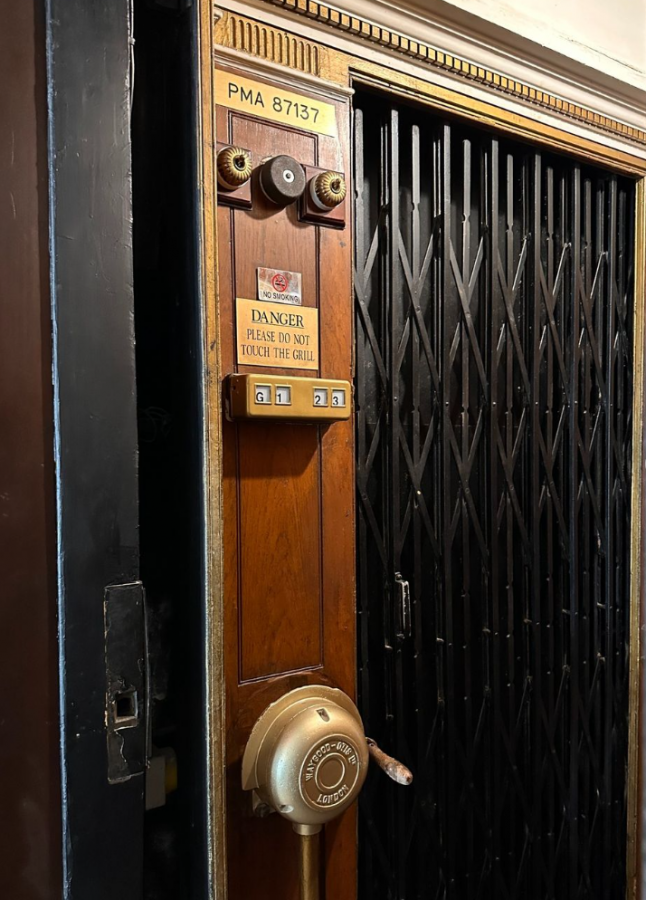
The hotel also boasted the country’s first elevator, a manually controlled electric Waygood-Otis lift! (Though it’s been kept in impeccable condition, the ancient lift – one of only about 30 remaining worldwide – is no longer in service.)
Two decades later, the brothers opened the elegant Crag Hotel atop Penang Hill. Unfortunately, that hotel, which was sold to the Federated Malay States Railways in 1925, did not stand the test of time, and was abandoned in 1954.

However, the Eastern & Oriental, which soon became fondly known as the E&O, was an entirely different story. By combining two properties into the one grand hotel in 1889, Tigran and Martin created what would soon become Penang’s most prestigious address, catering to wealthy travellers, merchants, and colonial elites. Their success in Penang set the stage for further expansion, too, with Tigran and Aviet taking on leading roles in establishing the Raffles Hotel in Singapore and The Strand Hotel in Rangoon (now Yangon).
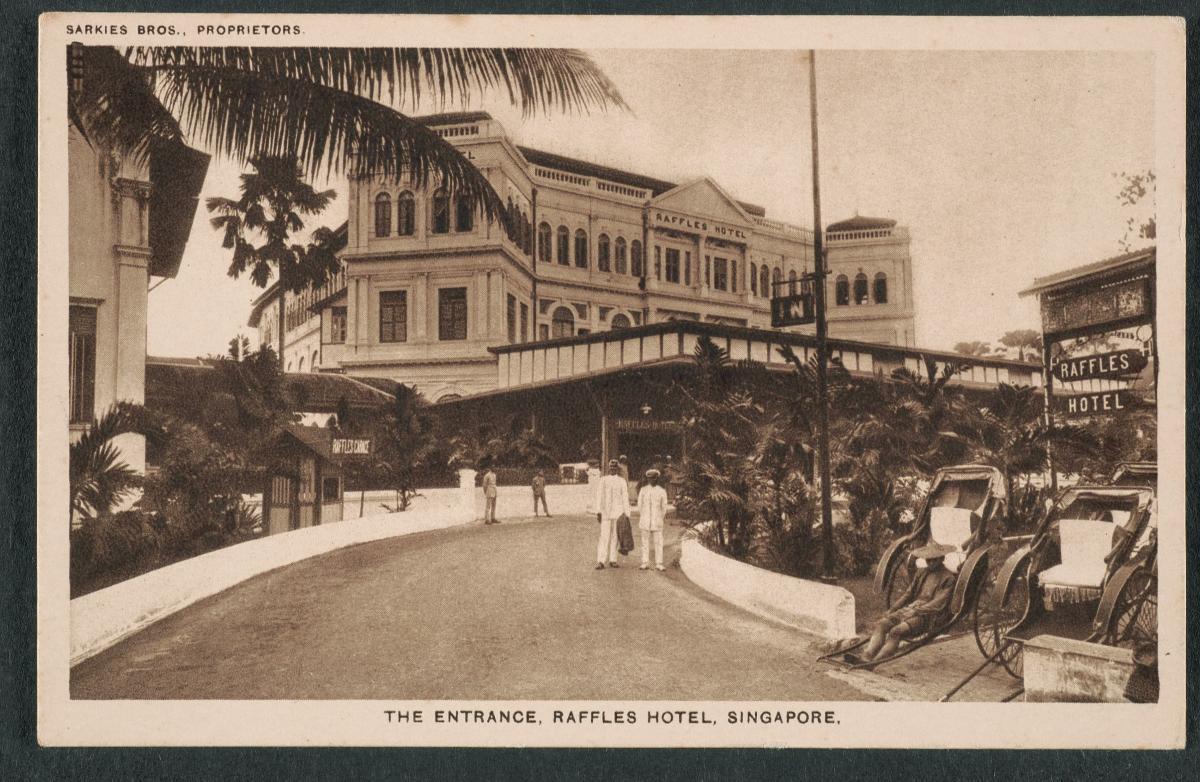
In addition, another property, Kartika Wijaya (originally Jambe Dawe) in Batu, Java, Indonesia was built in 1891. Initially, it was intended as a vacation villa for the Sarkies, but was later turned into a hotel. The brothers’ cousin Arathoon Sarkies also managed the Adelphi Hotel in Singapore from 1903 to 1908, while Hotel Majapahit (as Hotel Oranje) in Surabaya, Indonesia was founded in 1910 by Martin’s son Lucas Martin Sarkies, which stayed under the care of their descendants until 1969.
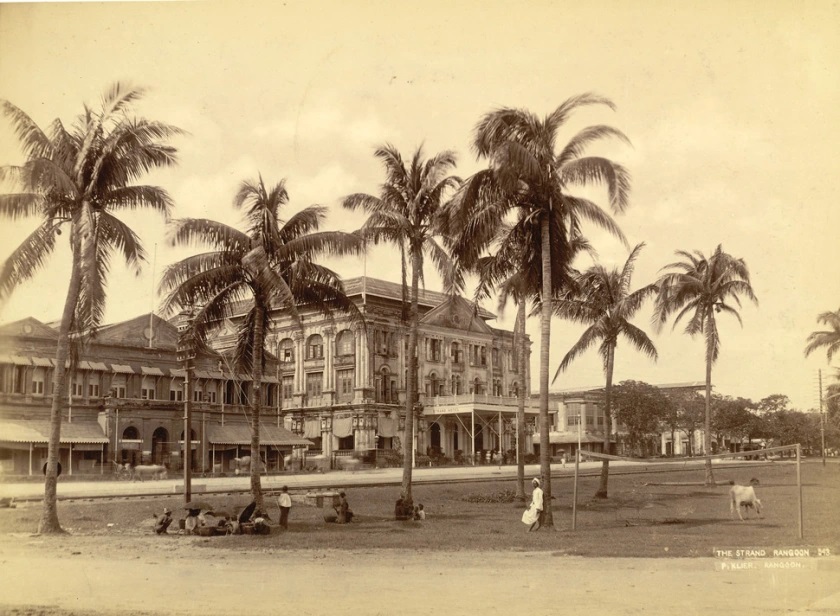
As the Sarkies grew their portfolio across Southeast Asia, Tigran, in particular, spent significant time managing their Penang ventures, solidifying the E&O as a hallmark of luxury and a symbol of the brothers’ entrepreneurial acumen.
GROWTH AND CHANGE IN THE 20TH CENTURY
In 1891, another Sarkies brother, Arshak, joined the family business in Penang. More flamboyant than his brothers, he added a large ballroom in 1903. Before long, the E&O – already having gained renown among travellers – became the centre of the island’s social life, reflecting the indulgence of high-society Penang and its surroundings. It was the venue for the island’s major functions, such as weddings, banquets and the annual St. George’s Day Ball. Visiting musicians and cabaret acts also found their way to the famed E&O.
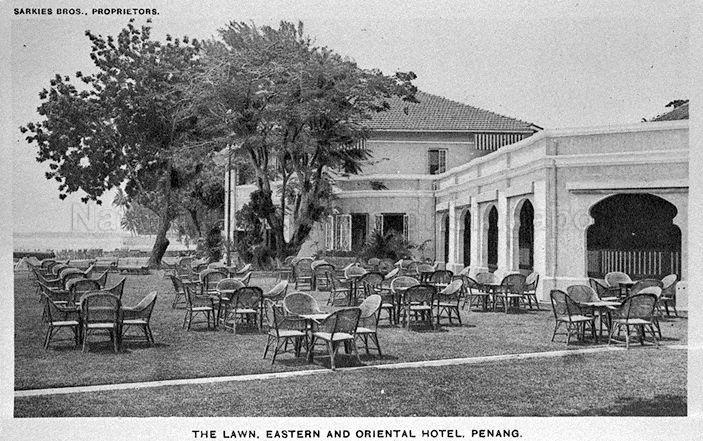
Over the decades, through good times and bad, the hotel endured – in one way or another. Throughout its history, the E&O has played host to an impressive array of notable guests. Among them were literary icons such as Rudyard Kipling and Somerset Maugham, whose works often featured the tropical settings they encountered during their travels. The hotel also welcomed Hollywood stars like Douglas Fairbanks and Noël Coward, as well as royalty and dignitaries from around the globe. These high-profile visitors added to the E&O’s reputation as “The Premier Hotel East of the Suez.”
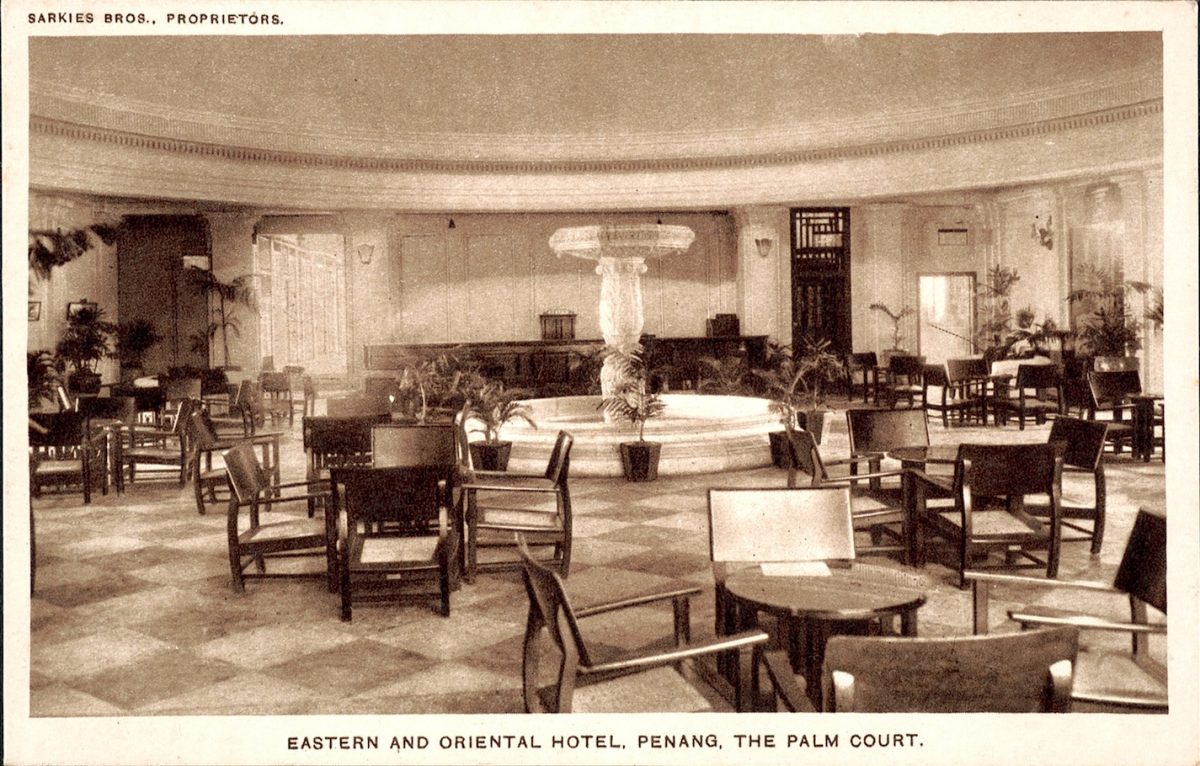
The success of the E&O made the property the crown jewel of the Sarkies Brothers’ portfolio, embodying the grandeur of colonial Penang. Unsurprisingly, of course, the hotel underwent significant changes over the years, adapting to the shifting tides of history. It weathered the economic downturns of the Great Depression and World War II, during which it was requisitioned by the Japanese military. Post-war, the hotel regained its status as a luxury destination, but it faced new challenges in the second half of the 20th century, as air travel made other destinations more accessible and competition from modern hotels increased.
A CLASSIC FOR CONTEMPORARY TIMES
By the 1990s, the E&O had fallen into some degree of disrepair. Recognizing its historical and architectural significance, a local group acquired the property and undertook an ambitious restoration project. The hotel reopened in April 2001, beautifully refurbished to its original splendour. Then, with a new lease of life well in hand, an additional renovation project took place in the Heritage Wing. Today, the sprawling property comprises two distinct wings: the Heritage Wing, which retains its colonial charm (and also underwent a recent sprucing-up), and the Victory Annexe, a more modern addition that beautifully complements the original structure.
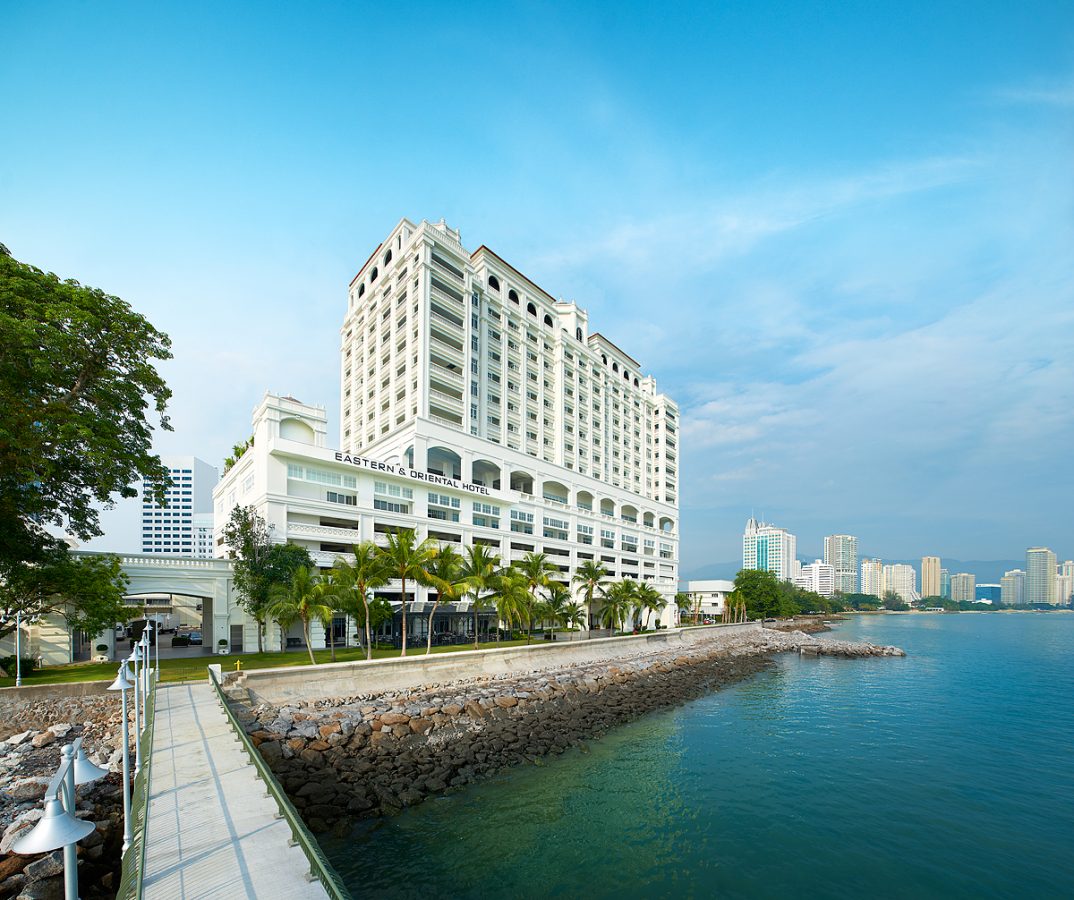
The E&O’s architecture is a striking blend of colonial and Moorish influences, characterized by its iconic minarets, domed lobby, and wide verandas. (Indeed, the dome in the grand entrance is famed for its incredible acoustic characteristics. The parabolic shape of the dome amplifies and echoes even the slightest sound with stunning clarity. Next time you walk under the dome, snap your fingers, clap your hands, or whisper to your friend, knowing that the conversation can be heard just fine on the other side.)
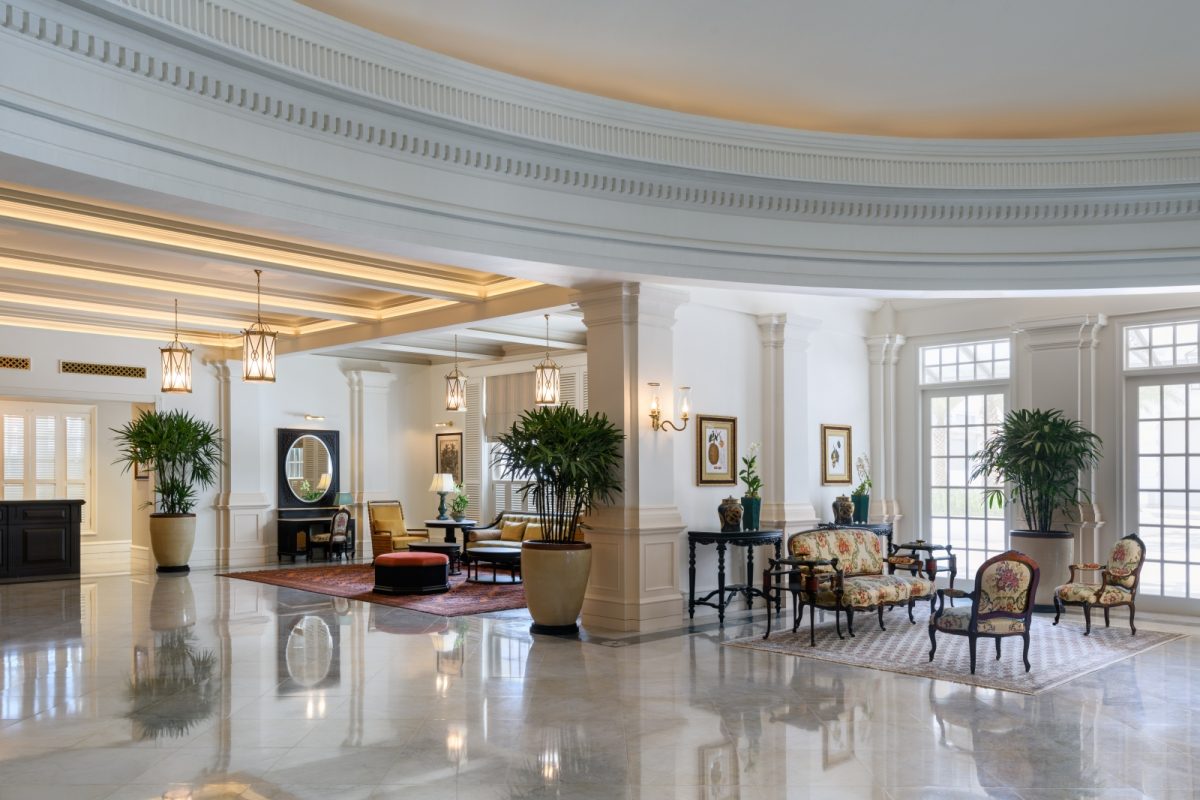
Further inside, the hotel features polished teakwood floors, marble staircases, and antique furnishings that transport guests to a bygone era. Its lush gardens, with towering palm trees and the historic Java tree planted before 1885, provide a serene and history-rich retreat from the busy streets of George Town.
These days, the dining experience at the E&O is another highlight, with a range of culinary offerings that reflect Penang’s multicultural heritage. Guests can indulge in Peranakan-inspired dishes at Java Tree, enjoy an elaborate buffet at Sarkies, or partake in the classic English Afternoon Tea at Palm Court. Enjoying a tea here, with the colonial décor and double doors opening onto a lovely sea-facing veranda, visitors today can easily imagine the way guests must have felt here a century ago. Even just walking through the venerable old hotel, it’s clear that the F&B outlets are even today upholding the Sarkies Brothers’ storied tradition of combining quality, finesse, and attention to detail.
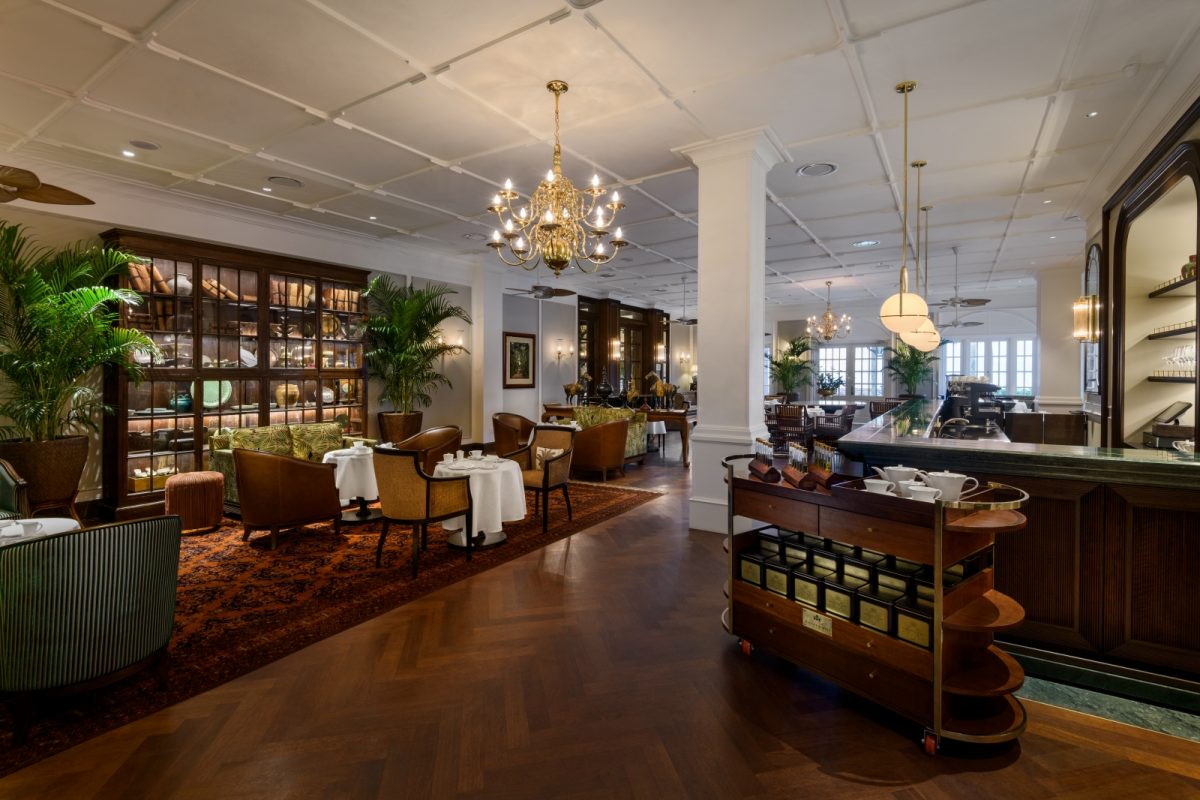
The E&O’s location within George Town, a UNESCO World Heritage Site, adds to its appeal. The hotel serves as a fine home base from which to explore Penang’s rich cultural and architectural treasures, from its well-known street art to its historic temples and colonial-era buildings. For many visitors, time spent at the E&O is as much about immersing themselves in Penang’s history as it is about luxury and comfort.
As Penang continues its evolution into a global tourism destination, the grand old Eastern & Oriental Hotel stands as a symbol of the island’s past. It’s more than just a hotel, though: it is a living monument to the vision of the Sarkies Brothers and the timeless allure of this cherished island. Whether you’re a history enthusiast, a weary traveller, or simply someone in search of a special experience – be it as a guest or a passer-by – the E&O offers a unique glimpse into the grandeur of Southeast Asia’s colonial era.
As one noted writer once put it, “Those who have once visited this famous hotel regard the E&O as a haven to be sought again and again, as the traveller returns to the home of his affection.”
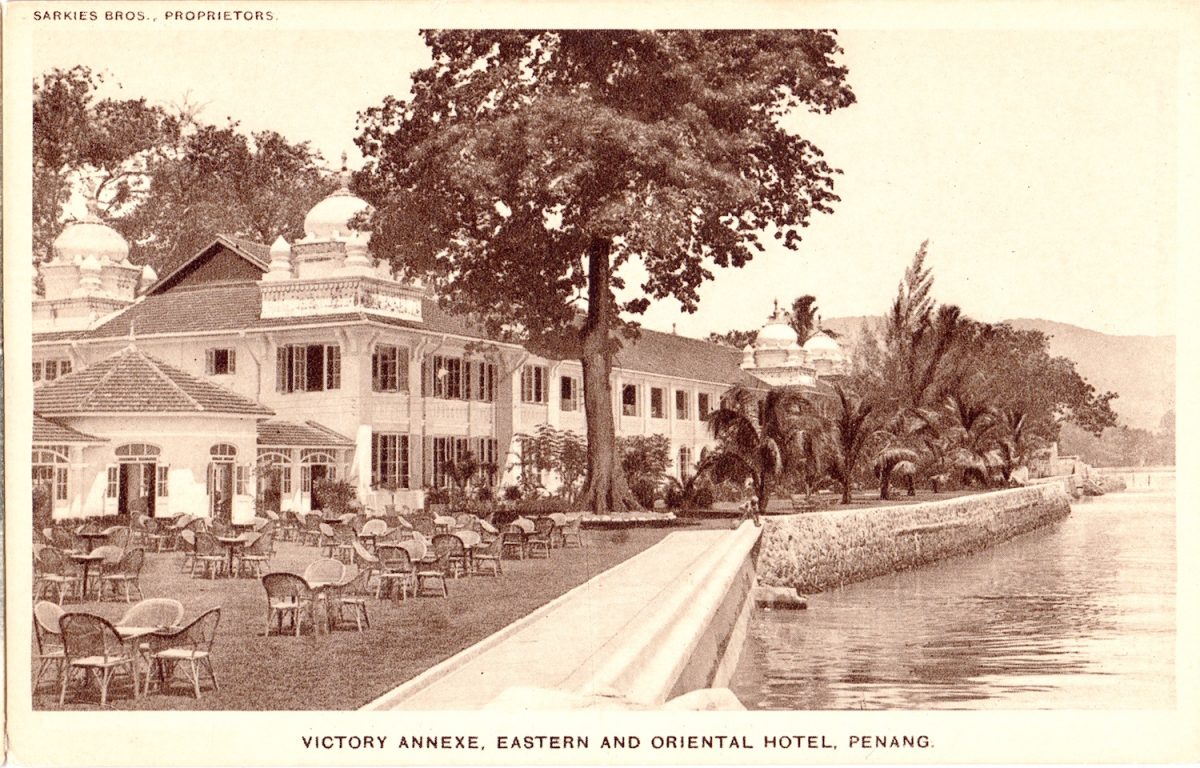
We can’t help but think that the Sarkies Brothers, so full of youth and vision as they arrived in Penang all those long decades ago, would surely be proud of the lasting legacy they created – and of the countless stories still being told along this stretch of Farquhar Street, home to the grandest hotel ever to grace Malaysia’s beloved Pearl of the Orient.
"ExpatGo welcomes and encourages comments, input, and divergent opinions. However, we kindly request that you use suitable language in your comments, and refrain from any sort of personal attack, hate speech, or disparaging rhetoric. Comments not in line with this are subject to removal from the site. "


